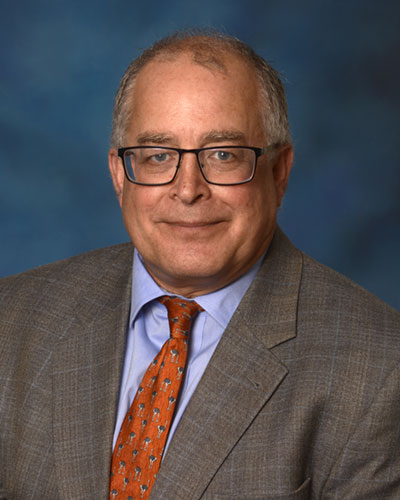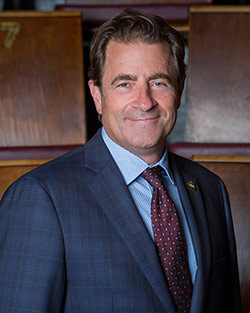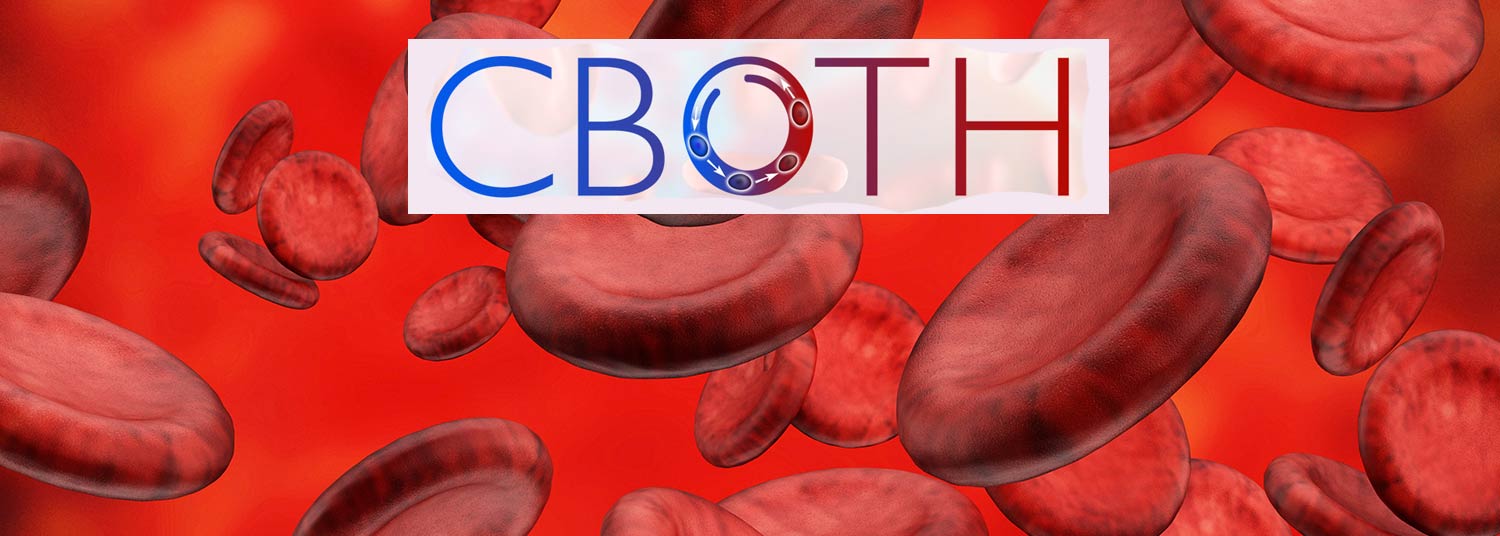January 31, 2023 | Deborah Kotz
Funding Will Be Used to Develop Shelf-Stable Product for Trauma Patients to Potentially Save Lives

“We have assembled an outstanding team to develop a bio-synthetic whole-blood product that can be freeze-dried for easy portability, storage, and reconstitution,” said study principal investigator Allan Doctor, MD, Professor of Pediatrics and Director of the Center for Blood Oxygen Transport and Hemostasis (CBOTH) at UMSOM. “It will be designed for easy use in the field by medics at the point of injury, and will perform like a traditional blood transfusion to, for example, stabilize a patient’s blood pressure or facilitate blood clotting.”
To achieve this goal, the program will employ sophisticated artificial intelligence, state-of-the-art experimental platforms, and multiple complimentary animal models. The product will be tested for efficacy and safety in trauma victims who have complex multiple injuries including shock and traumatic brain injury.
Bleeding is the most common cause of potentially survivable death in trauma, in both military and civilian settings. Whole blood transfusions remain the gold standard but present logistical challenges such as the dependence on available donors, requirement for cold storage, and limited viability of about 40 days. Rapid evacuation of patients who are rapidly bleeding out due to a gunshot wound or other trauma is not always an option. For this reason, there is an urgent need for an artificial blood product with a long shelf life that is easy to transport.
To conduct this project, Dr. Doctor has assembled a consortium comprising faculty members from UMSOM and UMSOP to work on the artificial oxygen carrier (red blood cell) component that he pioneered in earlier studies and on pharmacology, computational modeling, and machine learning to optimize the combined product, which will also include synthetic platelets and freeze-dried plasma.
This product will consist of ErythroMer, the artificial blood product made by KaloCyte, a company co-founded by Dr. Doctor in 2016 with bioengineer and synthetic chemist Dipanjan Pan, PhD, MSc, professor in nanomedicine at Penn State University, and Philip Spinella, MD, a military transfusion medicine expert at the University of Pittsburgh.
It will also include a synthetic platelet product developed by Anirban Sen Gupta, PhD of Case Western Reserve University that is under development by Haima Therapeutics and a freeze-dried plasma product made by Telefex.
Dr. Doctor is a founding partner, Chief Scientific Officer, and Chair of the Board of Directors for KaloCyte, which could potentially benefit from this research. His interest in the company has been reviewed in accordance with the university’s conflicts of interest policy to ensure objectivity in the research.

The first phase of the study will be to integrate multiple bio-artificial and synthetic components to deliver oxygen, stop bleeding, and replace volume; these are key therapeutic functions of whole blood in resuscitation. In the second phase, the team will evaluate efficacy and safety in increasingly complex and realistic trauma models. This phase will also involve developing strategies for stabilizing the product for months under ambient climate conditions in extreme environments.
Throughout both phases, the team will also plan, develop, and refine manufacturing methods. This will address the real-world pragmatic challenges of production, scaling, packaging, and quality control that must be surmounted to enable effective transition of the developed products to successful clinical trials and, eventually, to safe and efficient clinical utility.
While UMSOM and UMSOP will be leading this effort, the consortium also includes leading scientists and complimentary experts from Case Western Reserve University, Charles River Laboratories, Latham Biopharm Group, Ohio State University, Pumas-AI Inc., Southwest Research Institute, University of California San Diego, University of Pittsburgh, Oregon Health Sciences University, University of Texas Austin and University of North Carolina, in addition to the companies developing the bio-synthetic blood components themselves: Haima Therapeutics, KaloCyte, and Teleflex.

DARPA’s Fieldable Solutions for Hemorrhage with bio-Artificial Resuscitation Products (FSHARP) program aims to develop a field-deployable, shelf-stable whole blood equivalent that can be used to resuscitate trauma patients when donated blood products are not available. Other subcontractors have the potential to join the consortium pending the exercise of additional options in the FSHARP award.
About the University of Maryland School of Medicine
Now in its third century, the University of Maryland School of Medicine was chartered in 1807 as the first public medical school in the United States. It continues today as one of the fastest growing, top-tier biomedical research enterprises in the world -- with 46 academic departments, centers, institutes, and programs, and a faculty of more than 3,000 physicians, scientists, and allied health professionals, including members of the National Academy of Medicine and the National Academy of Sciences, and a distinguished two-time winner of the Albert E. Lasker Award in Medical Research. With an operating budget of more than $1.3 billion, the School of Medicine works closely in partnership with the University of Maryland Medical Center and Medical System to provide research-intensive, academic, and clinically based care for nearly 2 million patients each year. The School of Medicine has nearly $600 million in extramural funding, with most of its academic departments highly ranked among all medical schools in the nation in research funding. As one of the seven professional schools that make up the University of Maryland, Baltimore campus, the School of Medicine has a total population of nearly 9,000 faculty and staff, including 2,500 students, trainees, residents, and fellows. The combined School of Medicine and Medical System (“University of Maryland Medicine”) has an annual budget of over $6 billion and an economic impact of nearly $20 billion on the state and local community. The School of Medicine, which ranks as the 8th highest among public medical schools in research productivity (according to the Association of American Medical Colleges profile) is an innovator in translational medicine, with 606 active patents and 52 start-up companies. In the latest U.S. News & World Report ranking of the Best Medical Schools, published in 2021, the UM School of Medicine is ranked #9 among the 92 public medical schools in the U.S., and in the top 15 percent (#27) of all 192 public and private U.S. medical schools. The School of Medicine works locally, nationally, and globally, with research and treatment facilities in 36 countries around the world. Visit medschool.umaryland.edu
Contact
Deborah Kotz
Senior Director of Media Relations
Office of Public Affairs & Communications
University of Maryland School of Medicine
Email: DKotz@som.umaryland.edu
o: 410-706-4255
c: 410-804-0054
t: @debkotz2

